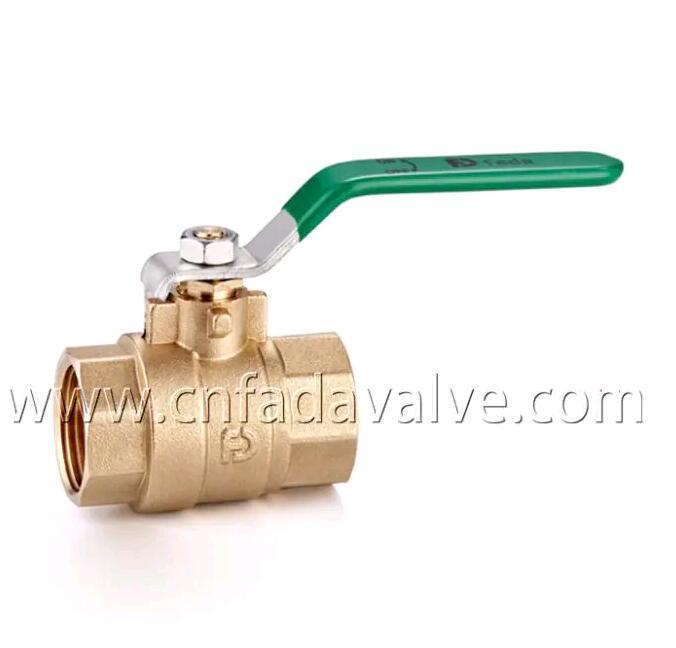The Ultimate Guide to Full Port Brass Ball Valve
Ball valves began to emerge as a solution due to their ability to be quickly operated and provide tight seals. Over time, manufacturers began refining the design, and the introduction of the full port ball valve marked a significant step forward in terms of efficiency and performance.
The full port design became a significant improvement over earlier ball valve designs. Early ball valves had a reduced bore, meaning that the internal passage through the ball was smaller than the pipe itself. This limited flow capacity and created a pressure drop, which was undesirable in many industrial applications where efficiency was a priority.
The full port design, on the other hand, features a ball with an internal hole that matches the pipe diameter, providing an unrestricted flow path. This feature is particularly important in applications that involve high flow rates, as it reduces turbulence and ensures that there is minimal pressure loss across the valve.
In addition to the flow improvements, full port ball valves also offer better sealing capabilities. Because the ball fits perfectly within the valve body and rotates smoothly, it can provide a tight seal even under high-pressure conditions, reducing the risk of leaks.
The use of brass in ball valve construction became more common in the late 20th century as material science advanced. Brass, an alloy of copper and zinc, became a preferred choice for valve bodies due to its several key advantages:
Corrosion Resistance: Brass has excellent resistance to corrosion, particularly in water and other mild fluid systems. This made it an ideal choice for valves that would be exposed to various environmental conditions, including moisture and chemicals.
Strength and Durability: Brass provides a strong and durable construction that can withstand high pressure without compromising the valve’s performance. It also resists cracking or damage due to mechanical stress, which is especially important in applications where frequent operation is required.
Ease of Machining: Brass is easier to machine than many other metals, allowing manufacturers to produce precise valve components with less wear on tools. This helps keep manufacturing costs lower while maintaining high-quality standards.

https://www.fadavalve.com/product/brass-ball-valve/fada-leadfree-fnpt-full-port-ball-valve-threaded-end.html
Features
• Forged brass body for durability and corrosion resistance
• 304 Stainless Steel ball for longer life
• Full port for maximum flow
• Blowout-proof nickel plated metal stem
• NSF/ANSI 61 and NSF/ANSI 372 Approved
• Lead free and NSF approved construction are required for potable drinking water
- Art
- Causes
- Crafts
- Dance
- Drinks
- Film
- Fitness
- Food
- Giochi
- Gardening
- Health
- Home
- Literature
- Music
- Networking
- Altre informazioni
- Party
- Religion
- Shopping
- Sports
- Theater
- Wellness
